Studio Lighting
Here i have an example of the different stages of “3 stage lighting”
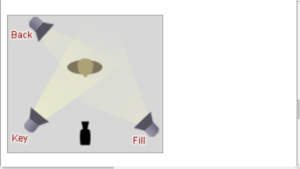
First, before we have any specific points of light added, we have a very flat and uninteresting picture. This is because there are very few shadows being cast that make it interesting.
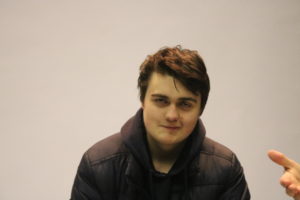
The next stage is to add a Key Light. A key light comes from the front on on side and is the brightest light, that makes it the key light.

After the Key light we need to add what is known as a fill light to soften the image and balance the contrast between light and dark, since the key light is coming from a specific side, it is casting strong shadows over the face and so the fill light counters this by coming from the other side.
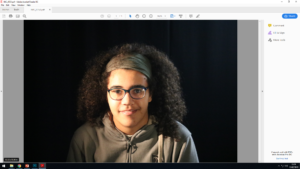
Finally the last Point of lighting is called the back light,it is put behind the subject and it is used to provide a sense of depth and helps separate the subject from the background.
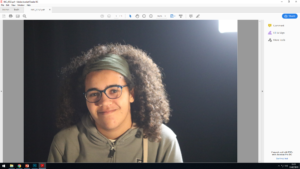
Studio lighting test



Chase scene influences for production role 3
The Bourne Ultimatum (2007, by Paul Greengrass): ‘Three to tango in Tangier’
- This particular scene is one of the most well-known climactic chase scenes in contemporary cinema
- This can be due to the tension created by the fast cuts and editing style which allows the audience to feel immersed in the action

The Matrix (1999, by Lana and Lilly Wachowski): ‘The One on the run’
- There is a mix between fast paced and drawn out tension in this scene
- Slow motion effects are used to stop and force the audience to think about what is happening

Seven (1995, by David Fincher): ‘Chasing John Doe’
- Although this is a thriller, not an action, it features an intense chase scene at around the half-way point
- The audience never know where Mills is running which adds a sense of mystery which inspires the premise and ultimately scene from my film

The Third Man (1949, by Carol Reed): ‘Lyme’s labyrinth’
- This is one of the most visually appealing chase scenes in terms of Mise en scene and cinematography as well as the action
- Everything is timed well, and regardless of the tension created by the chase – it is the cinematography which elevates this scene

Point Break (1991, by Kathryn Bigelow): ‘100% pure adrenaline’
- This film includes lots of action sequences, but this one is arguably the best perhaps due to the variety of techniques used and because it doesn’t rely on CGI effects
- Such as: POV tracking shot, slow motion, and several swooping shots around the many extras
Minority Report (2002, by Steven Spielberg): ‘The future is out to get you’
- Inspired particularly by the unique camerawork which includes the audience as part of the scene
- Not just any chase scene, has a logical story and reasons behind it
Influences
Film movement/s:
No wave cinema is the main inspiration, due to the emphasis on mood within film in a similar style to guerrilla film-making
Most of the films were produced form underground film-making, and the idea of niche yet versatile audiences is what appealed to me about this movement
Films such as ‘The Foreigner’ (2003, by Michael Oblowitz) are action thrillers which utilize the elements of suspense and tension
Cinema du look influenced some aspects of my film due to the favouring of style over narrative. Within my film, there is much ambiguity over the actual narrative because I wanted to focus on the visual style of the film
These types of films are typically more aesthetically pleasing and focus on the visual style over the actual plot and narrative
Practitioner/s:
Most of the practitioners which inspired my work were either sound editors or sound designers. They typically produced mainstream, action films which successfully created tension by the sound effects and general sound atmosphere
Amos Poe:
One of the No Wave founders, a strong influence from the movement
Style of directing influences the particular aesthetic visual style of my film rather than particularly sound editing
Richard Hyms:
Won several academy awards for sound editing in films such as ‘Jurassic Park’ and ‘Saving Private Ryan’
Typically worked on action/adventure films, influenced my film due to the tension within the sounds which particularly inspired the sub/genre and general premise of my film
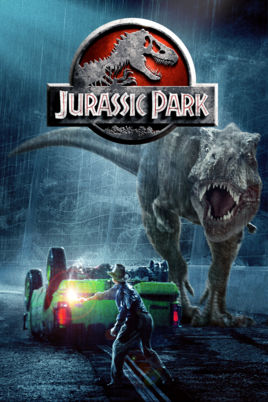
Richard King:
Another academy award winner, works with both sound editing and designing. Won awards for action films such as ‘Inception’ and ‘The Dark Knight’. I took inspiration from the atmosphere created by sound in most of his work
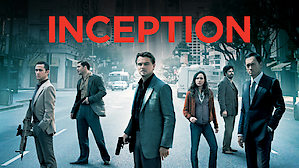
Kay Rose:
First female sound editor to win an academy award for a 1984 film called ‘The River’ directed by Mark Rydell
- First film made by the lumiere brothers?
The exit from the lumiere factory/Sortie des usines lumiere a lyon (1895)
- What is the phantom ride?
Camera shot from the front of a train so called this because it looks as though there is a ghost floating along the track
- What was ground breaking about the sick kitten and the life of an American fireman
The sick kitten used a close up of the kitten to show it in more detail to the audience.
- Which nations film industry did does cousins say was his favourite?
Denmark
The story of film an odyssey
Part 1
1895-1918
The Lumiere Brothers first film was called ” La Sortie De L’usine Lumiere a Lyon” AKA “The Exit From The Lumiere Factory In Lyon” It was first screened to the public on the 28th December 1895
The Phantom rides were a popular genre of film in Britain and the US towards the end of the nineteenth century. It was filmed by putting a camera at the front of a vehicle and since the vehicle wasn’t in shot it looked like an invisible force was pushing the camera – hence the name “Phantom Ride”.
“The life Of An American Fireman”(1903, George s Flemming) was important because it was the first film to use continuity editing. This was evident when the film would cut between shots inside and outside the house, showing the story at the same time from a different view.
“The Sick Kitten”(1903, George Albert Smith) Was significant because it was the first use of a close-up in cinema history.
The fist film star in film history was Florence Lawrence she was most famous during the early 20th Century and was the first actor to be publicly named.
“Birth of of a nation” (1915, D.W Griffith) was a controversial film because it showed many racist themes – especially showing that the KKK were heroic / “the good guys”
Cousin describes the Danish film industry to be the best in the world because of their ability to construct narratives.
“Haxan” (Benjamin Christensen 1922) A remarkable Danish film that Cousin was very impressed by
Film: An Odyssey, Questions
1) The first film made by the Lumiere Brothers was called ‘Workers Leaving the Lumiere Factory’ Which was a film, showing off exactly what the films name says. But, the first film that was publicly shown in a film theater that they made, was called ‘Arrival Of a Train At La Ciotat’.
2) A Phantom Ride is when a camera is put on front of a train or a car while it’s moving. It gives off the effect of a phantom flying through the sky, which is where it gets its name from.
3) The Sick Kitten was ground breaking because it was the first use of a close in film, when the film zooms in on the kitten eating. While the Life Of An American Fireman was ground breaking, because it was the first use of continuity editing. However, this was only true for the seconded version of the film. As the first version of the film, showed off the same sv version of the film. As the first version of the film, showed off the same scene twice, but from different angles. While the second version shows off one scene, from different angles as the story progress’. Which is continuity editing.
4) Florance Lawrance was the first film star. She became famous, after she was the first publicly named film star. Audiences’ were shocked, when she was believed to be dead, but then going on to appear in another film. She died in 1938.
5) DW Griffen Directed A Birth of A Nation. The film showed off examples of some of the best film work of the time, however, the subject matter of the film was based around racism and lynching people of color. It also re-started the KKK movement.
6) Cousin’s said that The Danish had the best film industry in 1910.
7) Cousin said that : Urban Gad – The Abyss, was an incredible film. This was due to the naturalistic movement of the actress in the film. As well as that, He said that: Benjamin Christiansen – Haxan, was a reachable film, sue to its story telling.
The Story of Film: An Odyssey Questions
Birth of Cinema:
1.) Workers Leaving the Lumière Factory (1895)
2.) Films that have the camera moving forwards by strapping them to a vehicle.
3.) The use of editing in the film without something showing that there was a change in shot.
4.) Florence Laurence
The Hollywood Dream:
1.) D. W. Griffith
2.) The Danish film industry
3.) Christianson , Haxan. Urban Gad, The Abyss.
The Story of Film: An Odyssey 1
1) What was the name of the first film made by the Lumiere Brothers and when was this?
Workers Leaving the Lumiere Factory – 1895
2) What is the ‘Phantom Ride’?
An early genre of film, which shows a vehicle moving forwards by attaching a camera to the front of it.
3) What was ground-breaking about the silent films ‘The Sick Kitten’ and ‘The Life of an American Fireman’?
‘The Sick Kitten’ featured the first close-up shot, and ‘The Life of an American Fireman’ was the first film to cut to a different location – first it showed the outside of a burning building and then it cut to inside.
4) What the name of the first ‘film star’ in Hollywood?
Florence Lawrence
5) Who directed ‘Birth of a Nation’ and why is this film now considered to be controversial?
DW Griffiths – the film represents black people as unintelligent and the KKK as heroic, and it caused the rebirth of the KKK in America.
6) Which nation’s film industry does Cousins describe as ‘the best in the world’ in the 1910s and why?
Denmark, because they had an innovative way of constructing narratives.
7) Give an example of two films and two directors from this place and time cited by Cousins as remarkable.
Haxan (dir. Benjamin Christensen, 1922) and The Abyss (dir. Urban Gad, 1910).
